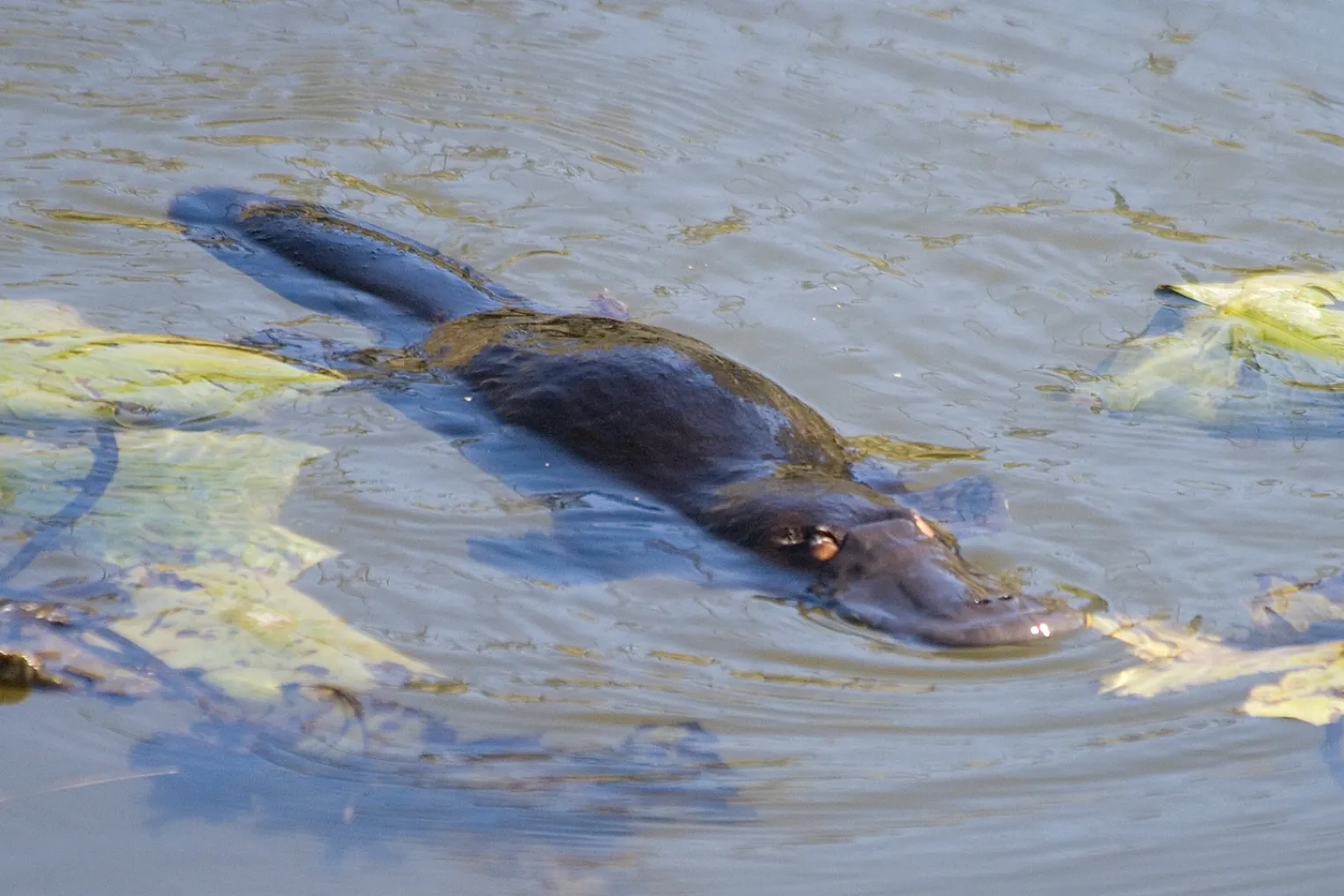Funds flow in to protect endangered Aussie animal
The Lockyer Valley Regional Council has won funding for its “revolutionary” technique in protecting its fragile platypus population.


Lockyer Valley’s upper catchments and lower Lockyer Creek is home to a small but persistent platypus population which will soon receive added protection and support.
Using innovative environmental DNA (eDNA) monitoring, the program would uncover data platypus and other native species, including rakali, freshwater turtles, lungfish, frogs and endangered Mary River cod.
The $1.2 million program will be led by Resilient Rivers SEQ and delivered by Wildlife Queensland to gather data on platypus numbers in the region.
Wildlife Queensland Platypus Officer Dr Tamielle Brunt said that eDNA was revolutionising the monitoring of aquatic life.
“By analysing water samples for traces of DNA, we can detect hundreds of species and gain a comprehensive picture of life beneath the surface,” Brunt said.
Using this data, the program will support future conservation efforts including vital habitat restoration and waterway management.
Environment Portfolio Councillor Cheryl Steinhardt said this funding would deliver lasting benefits for both wildlife and the community.
“We are one of only 11 South East Queensland councils to benefit from a million-dollar eDNA monitoring program for native aquatic species, including the platypus,” Steinhardt said.
The program will also roll out across SEQ councils in Noosa, Sunshine Coast, Moreton Bay, Somerset, Scenic Rim, Logan, Redland Bay, Brisbane City, Toowoomba and Ipswich.
Stay informed, daily
Steinhardt said monitoring for the program would begin this month.
“The program will feature everything from community workshops to science activities, as well as an interactive online map to help connect residents with their local environment,” Steinhardt said.
Resilient Rivers SEQ is one of 29 commitments being delivered under the SEQ City Deal, a partnership between the national and state governments and Council of Mayors (SEQ). The SEQ City Deal aims to improve accessibility, prosperity and liveability of the region where more than four million residents live.





